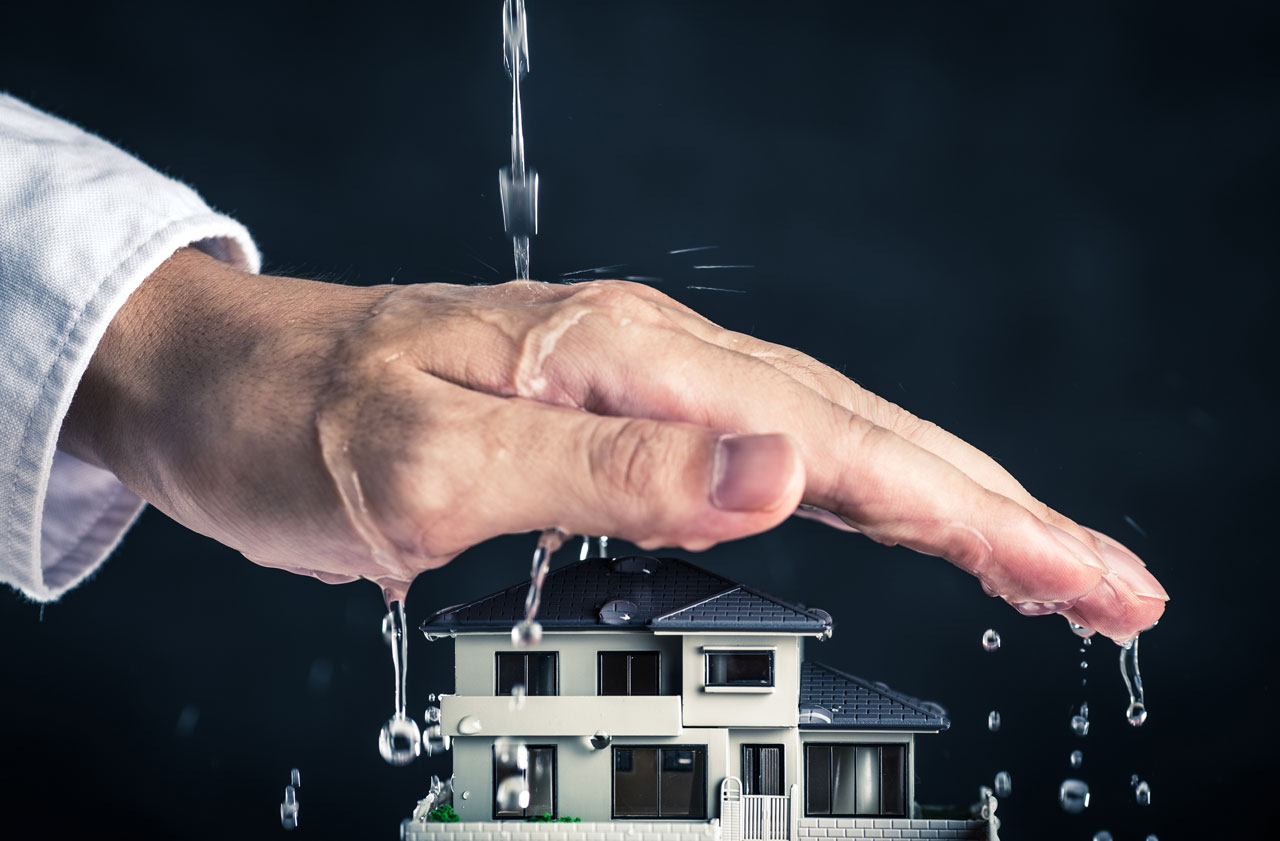
Nuvo Nirmaan »Nuvoco Blog » Identifying common areas of water intrusion in homes
Identifying common areas of water intrusion in homes
Water intrusion can cause significant damage to homes, leading to structural issues, mould growth, and deterioration of materials. Identifying common areas of water intrusion is essential for maintaining the integrity of your home. Here, we share some of the useful insights on keeping a waterproof home that safeguards your investment and provides a safe and comfortable living environment for you and your family.
- Roof: Proper roof maintenance is important for keeping your home waterproof. Checking for missing or damaged roof tiles or shingles is important as they can create entry points for water. Paying attention to areas where the roof meets chimneys, vents, or skylights is essential, as these areas are prone to leaks. It’s important to inspect the roof flashing, which is the material that seals the gaps and joints on the roof, to ensure it is in good condition and properly sealed. Failing to maintain the roof can result in water intrusion, leading to dampness and potential damage to the structure.
- Windows and doors: Inspecting the seals around windows and doors for cracks or gaps is important to prevent water infiltration. Look for signs of water stains or moisture near the window sills or door frames, as these can indicate potential leaks. It’s crucial to properly seal any openings or gaps to ensure a watertight barrier. One effective way to test the effectiveness of the seals is to observe any water seepage through doors and windows during rainfall. This allows you to identify areas that require attention and take appropriate measures to prevent water intrusion.
- Exterior walls: Check for cracks or gaps in the exterior walls. Pay attention to areas where pipes, electrical outlets, or cables enter the house. Apply appropriate sealants to seal any gaps and prevent water penetration. Certain types of paints prevent water from leaking into the construction and they are perfect for application on exterior walls.
- Plumbing fixtures: Inspect plumbing fixtures, such as faucets, showers and toilets, for leaks. Look for signs of water stains or moisture around these fixtures. Repair any leaks promptly to prevent water damage. If you are unable to find the source of a leak, you must contact a plumber immediately.
- Ventilation and HVAC systems: Check ventilation systems, such as exhaust fans and air conditioning units, for leaks or condensation. Improperly installed or maintained HVAC systems can lead to moisture buildup and water intrusion. Always pay special attention to insulation around ducts and exhaust fan pipes. Also, proper maintenance schedules must be followed to ensure no water leaks from these systems.
- Balconies: Pour water in different sections of the balcony and observe closely for any signs of seepage or water pooling. Pay particular attention to areas where the balcony meets the main building, as these are common points of vulnerability. If any damages or gaps in the waterproofing are identified, promptly repair them to prevent water infiltration.
- Foundation and basement: Monitor the basement for signs of water intrusion, such as dampness or water stains on walls or floors. Check for cracks in the foundation walls or floor. Ensure that the basement is properly waterproofed to prevent water seepage.
Using waterproof cement offers significant benefits in terms of water resistance, structural integrity, durability, and cost-effectiveness. It ensures that your home remains protected from water damage and can withstand the challenges posed by moisture.
Looking for highly-effective waterproof cement?
Explore CONCRETO UNO . It incorporates advanced technology to safeguard homes against water infiltration, moisture, and efflorescence. This results in enhanced durability, resistance, and superior surface finish protection. Moreover, it shields structures from harmful waterborne pollutants, prolonging the life and durability of the paint.






